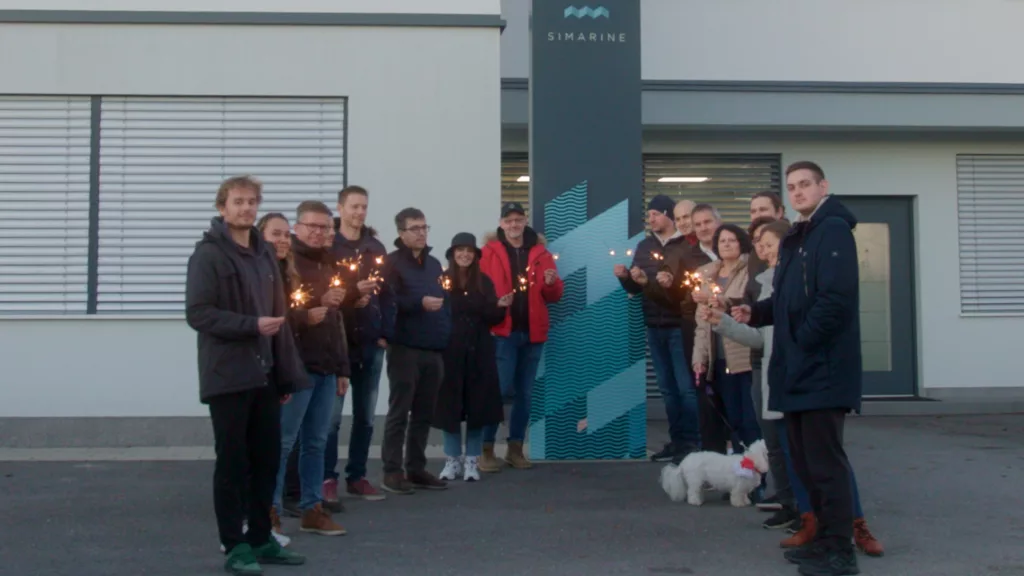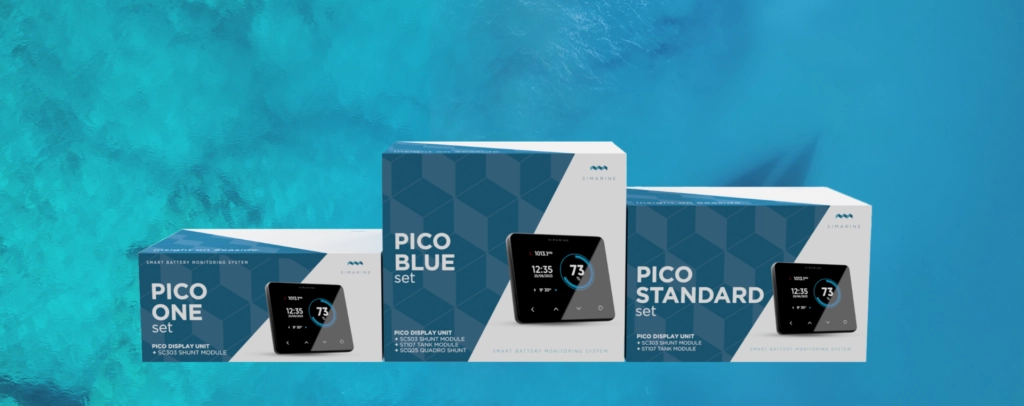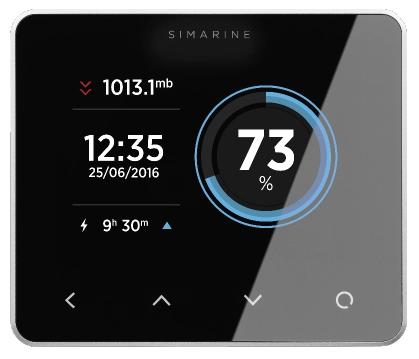The English expression fouling – the overgrowing of the hull – can be defined as the undesirable accumulation of microorganisms, plants, algae or animals on the wetted surfaces of the vessel’s hull.
The most common are:
- Barnacles
- Seaweed
- Molluscs
The monitoring of fouling on the hull offers, in other words, a solution to the problem of the adhesion of marine organisms to the vessel’s hull that happens through the following stages.
- The first stage of the bio fouling process starts at the moment the vessel has been immersed in seawater. Its surface immediately begins to accumulate adsorbed organic compounds as well as the molecules of polysaccharides, proteins and fragments of proteins.
- The second stage of fouling is the build-up of a biological microbe layer as the bacteria now has favourable conditions in which to propagate (micro fouling).
- The roughness of the microbe colonies helps to attract even larger organisms such as algae, marine fungi and mussels which present the third stage of fouling.
- In the fourth and the last stage of fouling (macro fouling) colonizers mainly consist of larger marine invertebrates (molluscs, sea moss, seaweed).
Fouling is governed by several factors including sea currents, salinity and the intensity of solar radiation, temperature and nutrient levels. Most at risk are vessels sailing in tropical and sub-tropical regions.
Why do we need anti-fouling coatings?
The fouling of the vessel is the main reason for the increase in the roughness of the part of the vessel below sea level and therefore the increase in hull frictional resistance as it moves through water. As a result fuel consumption increases and vessel speed decreases. The slime (bio film – silt) on the submerged part of the vessel is responsible for an increase in vessel drag of approximately 2%. Seaweed increases the vessel drag by 10% and mussels by up to 40%. Increase in drag will directly impact on enhanced fuel consumption and significantly increased harmful gas emissions.
The contemporary antifouling protection technology of the submerged part of the ship’s hull can be divided into two groups, which are BIOCIDE COATINGS and ANTIFOULING coatings with added nano particles.
Biocide coatings function on the principle of biocide releasing. The main biocide compound is copper (Cu2O and Cu SCN) which has proven to be more efficient against bio fouling by animal organisms and less against fouling by plant organisms. The antifouling coating basically consists of a biocide agent and a fast degradable biocide agent accelerator. The most important features of the antifouling coating are: low solubility in sea water, its moderate price and it is also environmentally and human friendly.
The antifouling coatings technology can be divided into:
- Natural Rosin-based Coatings
- Controlled Depletion Polymer Coatings, (CDP)
- Contact Leaching Antifouling Coatings
- Self-polishing Copolymer Coatings, (SPC)
- Hybrid Technology SPC/CDP Coatings
CONTROLLED DEPLETION POLYMER ANTIFOULINGS, (CDP)
The binders of these coatings contain about 50% of natural rosin and the biocide is usually copper oxide with accelerators. In theory these coatings are soluble and only have a polishing effect but in practice this does not happen because of the accumulation of copper salts and other insoluble substances which create a thick biocide-depleted layer. These coatings have a beneficial effect only on areas with low fouling rate and on vessels which are in the sea for short periods of time.
CONTACT LEACHING ANTIFOULINGS
This type of coating has a small content of rosins therefore there is no paint dissolution and thus a thick leached layer is formed that can provoke seaweed growth.
SELF-POLISHING COPOLYMER COATINGS, (SPC)
Biocides are released in the process of hydrolysis between the acrylic polymer and seawater which enables a controlled releasing of biocides as well as the production of the polishing effect only, which has a beneficial effect on hydrodynamics. The main biocide is the copper oxide together with the zinc oxide (Zn O), the accelerator, which is fast degradable but does not accumulate into the marine environment. Characteristic of these coatings is the constant biocide dissolution rate which lasts as long as the coating exists.
HYBRID SPC/CDP ANTIFOULINGS
This is the newest type of antifouling and is a combination of the only polishing coating and the CDP technology based on natural rosins which water-soluble polymers (copper acrylate) and accelerator (zinc oxide) were added. The efficiency of these types of antifouling coatings lies somewhere between the SPC and CDP technology and so does its price.
FOULING RELEASE COATINGS, (FRC)
This is the best coating from the environmental protection aspect. They are very smooth coatings which make the binding of sea organisms to the immersed hull difficult. Fluoride silicon elastomeric polymers have good features of forming a thin layer as well as a chemical and biological endurance whereas their mechanical features are worse. With fast moving vessels the coating is self-polishing by seawater whereas at slower speeds the cleaning treatment of vessels needs to be performed underwater. The problem is also in the high price of such coatings, as they are 5-10 times more expensive than other antifouling coatings.
ALTERNATIVE WAYS OF ANTIFOULING PROTECTION
Copper-based coatings are today still permitted but the possibility exists that certain marine organisms are being poisoned through them. Thus the development of coatings is moving in the direction of discovering BIOLOGICAL PAINTS which disable vessel fouling to only some sea microorganisms as well as ELECTROCONDUCTIVE PAINTS, which, with the help of hydrolysis of seawater and the reaction with CI-ions form the CIO ions, form a thin layer. Thus the coating should always remain smooth. But so far it has proved only valid in laboratory conditions. In the marina this can be a problem because of the galvanic effect on adjacent vessels or because of the leverage effect of several vessels with the electric underwater protection.




